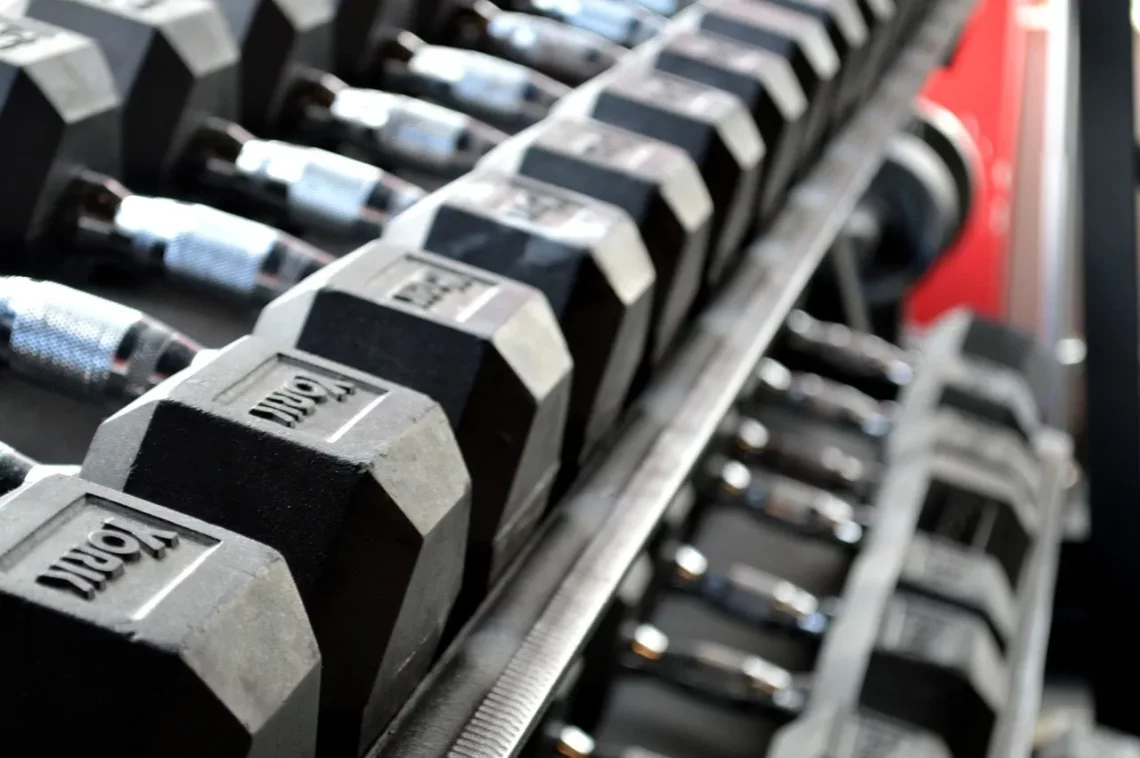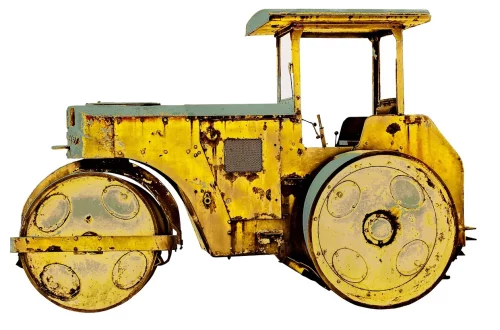
Effective Olympic Lifting Training Program for All Skill Levels
Olympic lifting has gained immense popularity over the years, becoming a staple in strength training and athletic performance. This form of weightlifting is not just about lifting heavy weights; it requires precision, technique, and a strong understanding of body mechanics. Whether you are a novice looking to learn the basics or an experienced athlete aiming to refine your skills, a well-structured training program is essential. Olympic lifting involves two primary lifts: the snatch and the clean and jerk, both of which demand explosive power, flexibility, and coordination.
The beauty of Olympic lifting lies in its accessibility; individuals of all skill levels can benefit from its training methodology. As you delve into this dynamic sport, you’ll discover that it enhances not only physical strength but also mental discipline and focus. Moreover, the community aspect of Olympic lifting often fosters camaraderie among lifters, providing motivation and support. In today’s fast-paced world, incorporating Olympic lifting into your fitness routine can be a transformative experience, offering a blend of challenges and rewards that few other training methods can match.
Understanding the Basics of Olympic Lifting
Before embarking on an Olympic lifting journey, it is crucial to understand the fundamental movements and techniques involved. Olympic lifting primarily consists of two lifts: the snatch and the clean and jerk. The snatch is a single, fluid motion where the lifter lifts the barbell from the ground to overhead in one swift movement. The clean and jerk, on the other hand, is a two-part lift. First, the lifter brings the barbell to the shoulders (the clean), and then they push it overhead (the jerk).
A strong foundation in these lifts can significantly improve your performance and reduce the risk of injury. Therefore, mastering the techniques is paramount. Begin with lighter weights to focus on form and gradually increase the load as your technique improves. It’s also essential to work on your flexibility and mobility, as proper range of motion is vital in Olympic lifting.
Incorporating accessory exercises can further enhance your performance. Movements such as front squats, overhead presses, and deadlifts complement the main lifts by developing strength in the muscles used during Olympic lifting. These exercises help build the necessary muscle groups while improving your overall stability and technique.
Additionally, consider the importance of a proper warm-up routine. A thorough warm-up increases blood flow to the muscles, preparing them for the demands of lifting. Dynamic stretches and mobility drills focusing on the hips, shoulders, and ankles are particularly beneficial.
Lastly, while Olympic lifting is a highly technical sport, it is also essential to stay mentally engaged. Visualization techniques can help you anticipate the movement, allowing for a smoother execution. Understanding the biomechanics behind each lift will not only enhance your lifting performance but also instill a greater appreciation for the sport itself.
Designing Your Training Program
Creating an effective training program tailored to your skill level is vital for success in Olympic lifting. A well-structured program typically includes various components: strength training, technique work, accessory exercises, and conditioning.
Start with a clear goal in mind. Are you looking to compete, or are you training for personal fitness? Your objectives will guide the structure of your program. For beginners, the focus should primarily be on mastering the lifts and developing foundational strength. An intermediate lifter may incorporate more advanced techniques and heavier weights, while advanced lifters will refine their skills and work on specific weaknesses.
Frequency is another critical factor in designing your program. Most lifters benefit from training three to five times a week. This frequency allows for adequate practice of the lifts while also providing recovery time. Each training session should include a combination of warm-ups, skill work, and accessory exercises.
For example, a training week could look like this:
– **Day 1**: Snatch technique work, followed by overhead squats and core exercises.
– **Day 2**: Clean and jerk technique work, followed by front squats and mobility drills.
– **Day 3**: Heavy lifting day, focusing on both snatch and clean and jerk with lower repetitions and higher weights.
– **Day 4**: Speed work, incorporating lighter weights with a focus on explosive movements.
– **Day 5**: Conditioning and accessory exercises, such as kettlebell swings and prowler pushes.
Incorporating recovery strategies is equally important. Allow for rest days, prioritize sleep, and consider active recovery techniques such as yoga or swimming. Listening to your body is essential; if you’re feeling fatigued, it may be more beneficial to scale back your training intensity.
Ultimately, consistency and patience are key. Olympic lifting is a journey that requires dedication and time to master. By designing a thoughtful training program and adhering to it, you will see progress in your skills and performance on the platform.
Injury Prevention and Recovery Techniques
Injury prevention is a critical aspect of any athletic training program, particularly in a demanding sport like Olympic lifting. The complexity of the lifts, combined with the heavy weights involved, can increase the risk of injury if not approached correctly.
One of the primary strategies for preventing injuries is to prioritize proper technique. Always ensure that your form is correct, even at lighter weights. If you’re unsure, seek guidance from a qualified coach or experienced lifter. Regularly reviewing video footage of your lifts can also help identify areas that need improvement.
Another important aspect is to maintain a balanced training program. This includes not only focusing on Olympic lifts but also incorporating accessory exercises that strengthen stabilizing muscles. Exercises like pull-ups, dips, and various core workouts contribute to overall body strength, which is essential for supporting the main lifts.
Flexibility and mobility work play a significant role in injury prevention as well. Poor mobility in the hips, shoulders, and ankles can lead to compensatory movements that increase the risk of injury. Incorporate daily mobility work, focusing on dynamic stretches and foam rolling, into your routine. This will enhance your range of motion and overall performance.
Recovery techniques are equally important in maintaining a healthy lifting regimen. After intense training sessions, prioritize cool-down activities like light stretching and hydration. Regular massages or physical therapy can also assist in recovery and help manage any tightness or soreness that may arise.
Listening to your body is crucial. If you experience persistent pain or discomfort, it’s essential to address these issues promptly. Ignoring pain can lead to more significant injuries, so consult with a healthcare professional if needed.
In summary, injury prevention and recovery should be integral components of your Olympic lifting program. By prioritizing technique, incorporating strength and mobility work, and employing effective recovery strategies, you can ensure a long and successful journey in Olympic lifting.
Building a Supportive Community
Engaging with a community of fellow lifters can significantly enhance your Olympic lifting experience. The sport thrives on camaraderie, motivation, and the sharing of knowledge, making it beneficial to connect with others who share your passion.
One of the best ways to immerse yourself in the Olympic lifting community is to join a local gym or club that specializes in weightlifting. These environments often provide access to experienced coaches who can offer personalized guidance and support. Additionally, training alongside more experienced lifters can provide valuable insights and tips that you might not learn on your own.
Participating in workshops or clinics can also expand your understanding of Olympic lifting techniques. These events often feature expert lifters and coaches who share their knowledge and experiences, allowing you to learn from the best.
Social media platforms and online forums have also become popular venues for connecting with the Olympic lifting community. These platforms allow you to share your progress, ask questions, and receive encouragement from others around the world. Engaging in discussions, participating in challenges, and sharing your lifting videos can create a sense of belonging and motivation.
Competing in local competitions can further solidify your connection to the community. Even if you’re not aiming for the podium, participating in competitions can be a great way to challenge yourself and meet other lifters. The energy of competition often fosters a supportive atmosphere where everyone encourages each other to do their best.
In conclusion, building a supportive community around your Olympic lifting journey can enhance your experience and keep you motivated. Whether through local gyms, online platforms, or competitions, connecting with others who share your passion can lead to personal growth and a deeper love for the sport.
In summary, Olympic lifting is a multifaceted sport that requires dedication, technique, and community involvement. By understanding the basics, designing an effective training program, prioritizing injury prevention, and engaging with a supportive community, you can embark on a fulfilling Olympic lifting journey.
*Disclaimer: This article is for informational purposes only and does not constitute medical advice. Always consult with a healthcare professional for any health-related concerns.*




